
We offer a comprehensive curriculum developed by an international team, experienced teachers, and a focus on individualized and project-based learning.

We offer a comprehensive curriculum developed by an international team, experienced teachers, and a focus on individualized and project-based learning.
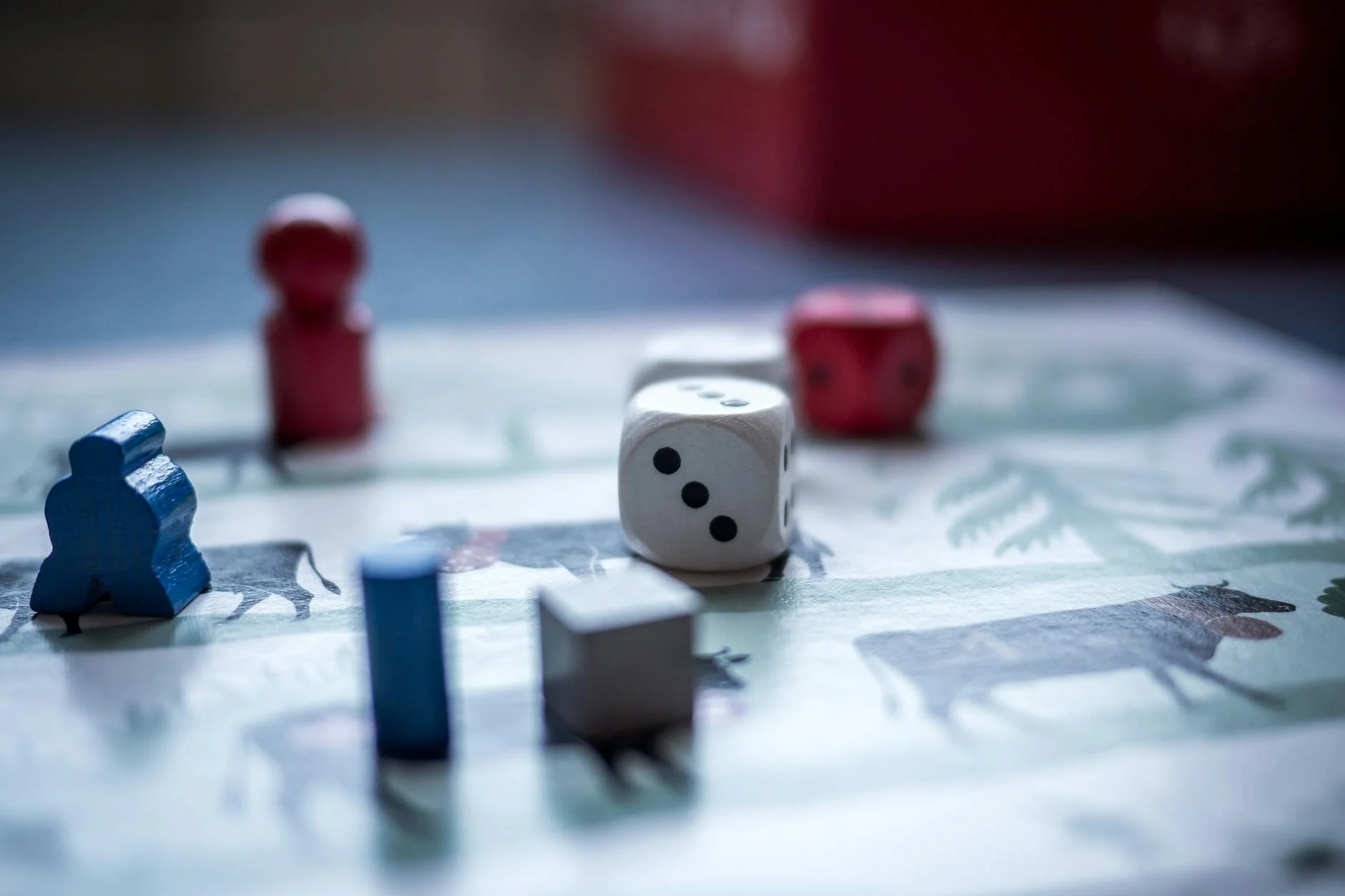
Board games are more than just fun—they’re great for improving strategy and critical thinking. They’re perfect for students wanting to make better decisions or parents looking for educational activities.
These games blend real-life problem-solving with creative mechanics like resource management and area control.
Classic games like “Settlers of Catan” challenge your strategy, while newer favorites like “Twilight Struggle” and “Agricola” keep you on your toes. They sharpen your thinking and make problem-solving exciting. Who knew preparing for life’s tough calls could be this much fun?

Playing strategy-focused board games isn’t just an enjoyable pastime; it’s an engaging way to develop skills that are critical for everyday life. These games offer a unique mix of entertainment and learning, and they cater to players across all ages. Whether you’re looking to improve decision-making or foster teamwork, the benefits of strategy board games go far beyond the tabletop.
When you’re navigating a strategy game like Chess, every move matters. These games encourage you to think several steps ahead, teaching foresight and logical decision-making. Chess, often seen as the gold standard of strategic depth, promotes tactical planning, adaptability, and a solid grasp of contrasting goals. Each phase of Chess—opening, midgame, and endgame—demands a different set of strategies, keeping your brain actively engaged.
But Chess is just the beginning. Strategy board games like Small World take this concept further by introducing variables such as unique abilities and randomly paired attributes. As you expand your influence over most cities (or civilizations), you’re learning about adaptability and resource optimization. These skills don’t just make you a better player; they prepare you to tackle real-world puzzles with a sharper mind.
Some of the best strategy board games aren’t about outsmarting your opponent; they’re about working together. Games like Pandemic shine in this space. Here, players join forces to save the world from multiple disease outbreaks. Every decision is a test of teamwork—should one player focus on treatment centers while another handles communication strategy? It’s a game where collaboration under pressure wins the day.
Cooperative games like Pandemic offer much more than just entertainment. They teach essential team-building skills, emphasizing crisis management, clear communication, and the importance of trusting your teammates. You’ll learn how to make decisions when stakes are high and how to manage different mechanics effectively. By the end of a session, you might find yourself drawing parallels between game mechanics and real-world teamwork scenarios.

Strategy board games often mirror aspects of real life, helping you build transferable skills. Take Catan for example. This game operates on the principles of resource management, negotiation, and risk assessment. You’ll find yourself deciding whether to trade your brick for wheat or trust the dice rolls to earn future resources. It’s essentially a lesson in economics and decision-making, wrapped in hours of fun.
Similarly, Monopoly introduces you to the industrial revolution’s economic mechanics, covering everything from property management to saving money for the right investment. This classic teaches you how to think strategically while navigating financial conflicts. Another great game like Power Grid places you in the role of managing energy systems, balancing development with strategic depth, and maximizing money and influence over your opponents.
These games also prepare you for scenarios requiring foresight and risk evaluation. Whether you’re planning conservation projects or evaluating battle tactics in a game of Risk, you’ll notice these lessons sticking with you off the table. And isn’t that the ultimate win from a game?
Choosing the right board game for strategy and critical thinking is like finding the perfect tools for sharpening your mind. The right game not only engages players but also develops key skills like deduction, pattern recognition, and resource management. Depending on the player’s age and experience, there are games that cater to different complexities and skill levels.
Younger players benefit from games that strike a balance between simplicity and thought-provoking challenges. These games are designed to teach fundamental skills while keeping the gameplay exciting and manageable.
These games are a fantastic way to introduce younger players to thinking strategically. They keep kids engaged with fun challenges while making sure the difficulty doesn’t overwhelm or frustrate them.

Once players are ready for more complexity, the best strategy board games introduce elements like resource trading, cooperative problem-solving, and long-term planning. These games deepen critical thinking while fostering social interactions.
These games bring a mix of unique mechanics and subtle intrigue, encouraging players to engage in deeper strategic thinking and smarter decision-making. They push boundaries by challenging conventional approaches, requiring players to adapt, plan ahead, and make calculated moves to succeed. This blend of mental engagement and curiosity keeps players invested as they explore more advanced strategies with each level.
For those who crave deep strategy and enjoy tackling complex challenges, advanced board games provide unmatched mental stimulation. They demand careful planning, adaptability, and often a profound understanding of strategy.
Advanced games like these provide a deep, engaging experience. They test your patience, creativity, and ability to think multiple steps ahead, giving you a sense of accomplishment with every well-executed plan.
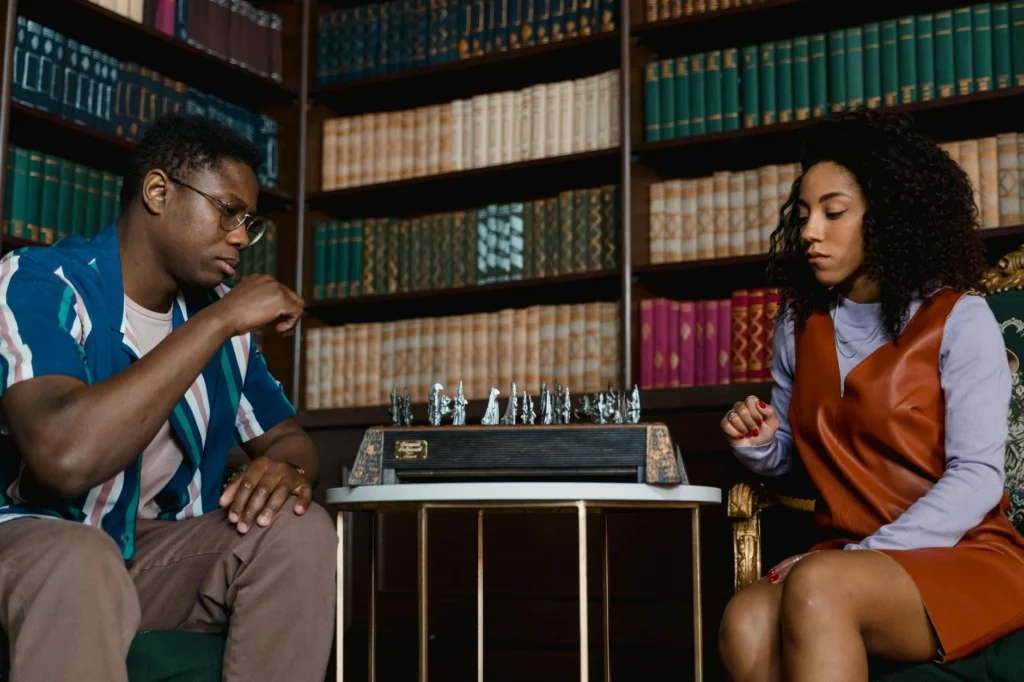
The best strategy board games rely on carefully designed mechanics to immerse players in thoughtful decision-making and mental challenges. Whether you’re managing resources, negotiating with others, or planning your next move, these games gently guide you into developing critical thinking skills that translate beyond the game. Let’s explore some key game mechanics that make strategy board games an essential part of teaching strategic depth.
Resource management teaches you how to allocate what you’ve got, often in situations where everything feels scarce. Take Catan, for example—this great game is essentially a crash course in economics. You’ve got to decide which resources to go after, whether to trade with other players for that all-important brick, or risk trying to produce it yourself on future rolls.
Catan puts you in the hot seat, forcing you to balance short-term needs over long-term goals. Do you save your wheat for upgrading settlements, or do you trade it to build roads quickly before someone else claims key routes? Every choice carries weight, and one wrong move can lead to unexpected setbacks. By weaving resource management into its gameplay, Catan nudges you toward better decision-making, teaching lessons on prioritization and adaptability with every turn.
Some other good examples include Agricola, where you manage food supply strategies to ensure your family doesn’t starve, and Power Grid, which has you investing in electricity plants while managing limited funds. They all challenge you to think systematically—kind of like a life-sized chessboard for your wallet.
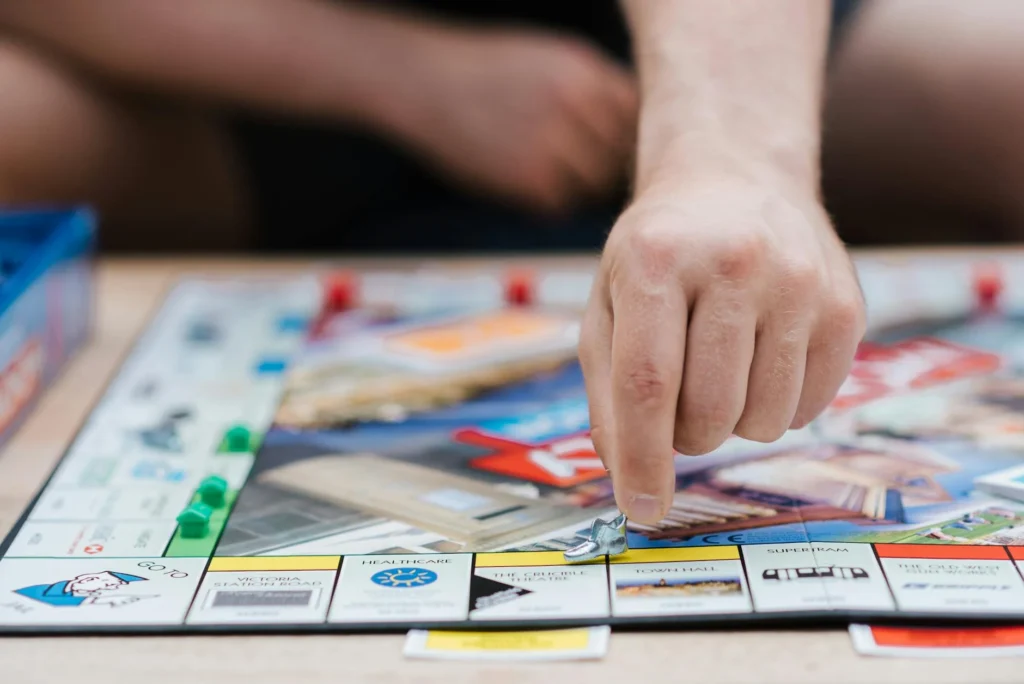
Ever had to strike a deal but weren’t sure whether to trust the other person? Games like Catan and Monopoly immerse you in this exact scenario. Both involve heavy doses of negotiation, with players pushing alliances and testing trust as they argue over trades or strategic moves. It’s not just about what you gain from deals—it’s also about gauging other players’ motives and assessing future risks.
For instance, when another Catan player offers you ore in exchange for brick, you have to consider a range of questions: Will this trade help them achieve their goals faster while leaving you vulnerable? Is it better to leave them without resources and risk indirectly helping a third player? Monopoly, surprisingly, functions on similar principles, but with a more competitive edge. Alliances often mask the eventual betrayal, testing how well you can balance cooperation with self-interest.
These mechanics push you to refine your soft skills. You’ll learn to read people, build temporary partnerships, and weigh the pros and cons of every arrangement. And those lessons? They’re as useful in the boardroom as they are on the board.
Spatial reasoning comes into play whenever you need to predict movement, plan layouts, or consider positioning while problem-solving. Ticket to Ride is a prime example of how strategic thinking evolves through spatial awareness. You’re not just connecting cities; you’re outmaneuvering opponents while managing limited train routes.
While the rules appear simple—collect cards, claim routes—the strategic depth lies in careful route planning. Do you go for those long connections worth more points, or secure short, high-traffic lines to block other players? You’re constantly weighing risk, timing, and efficiency. Ticket to Ride sharpens your ability to predict patterns and think ahead—skills as helpful for solving real-world puzzles as for scoring big on game night.
Other spatial strategy games like Blokus or Carcassonne combine this same dynamic with logical problem-solving. They nudge you toward optimizing space and future-proofing your game strategy. This ability to see “the big picture” ensures you always have a plan ready, even when challenges arise.
By combining resource management, diplomacy, and spatial thinking, strategy games provide far more than just entertainment. They sharpen your mind and nurture valuable skills in a way that feels effortless and fun. After all, who says a great choice in games can’t also prepare you for life?
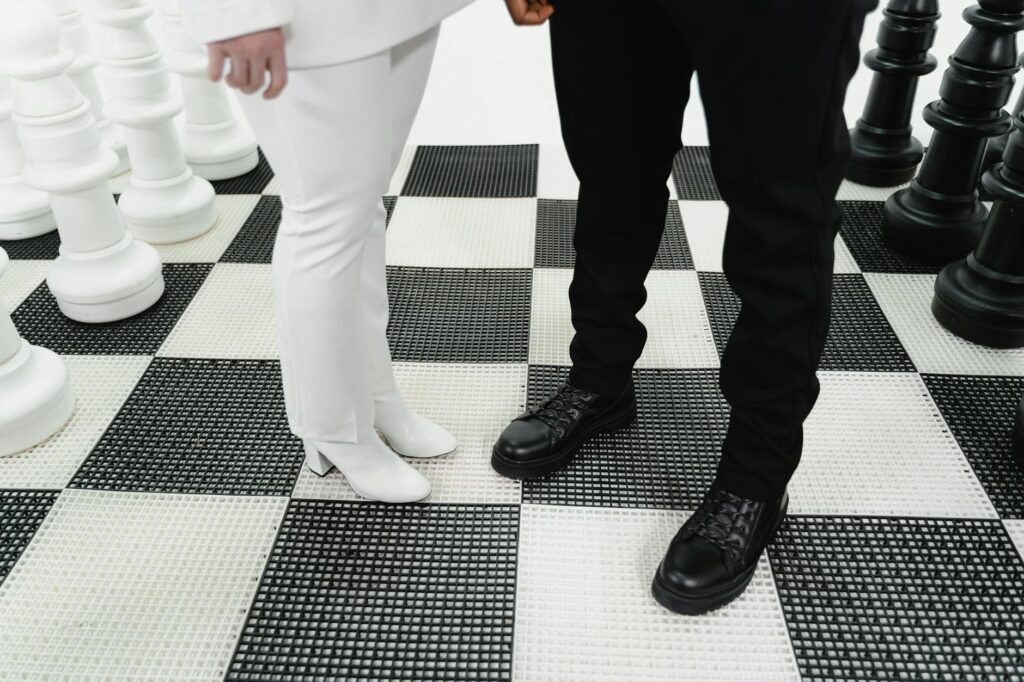
Playing strategy board games is more than just fun; it’s an opportunity to teach critical thinking and decision-making. However, for players to truly benefit, the right environment and gameplay practices are essential. Whether you’re hosting a game night or using games in educational settings, facilitating the experience thoughtfully ensures both enjoyment and skill development.
To make strategy board games fun and rewarding, the environment should balance healthy competition with teamwork. It’s important to have clear rules everyone understands, encourage fairness, and prioritize the enjoyment of the group. A game is most engaging when players feel challenged but not overwhelmed, and collaboration doesn’t overshadow the thrill of friendly rivalry. Keeping the focus on fun helps ensure every player, experienced or new, feels included and motivated to keep playing.
When you create a fair and welcoming environment, every player—whether they’re just starting out or highly experienced—has the opportunity to enjoy the game fully. This approach encourages beginners to learn without feeling overwhelmed while giving veterans a space to showcase their skills without frustration. It ensures everyone feels valued and engaged, making the game enjoyable for all skill levels.
The value of strategy games doesn’t stop once the winner is declared. Post-game discussions can highlight lessons learned, connect strategies to real-world scenarios, and deepen understanding of the game’s mechanics.
Reflection gives players time to pause, think about their choices, and understand what worked or didn’t. By examining these decisions, they can uncover patterns or strategies that may improve future gameplay. More importantly, they can turn these insights into valuable lessons that go beyond the game, like problem-solving, adaptability, or even better teamwork in real-life situations.
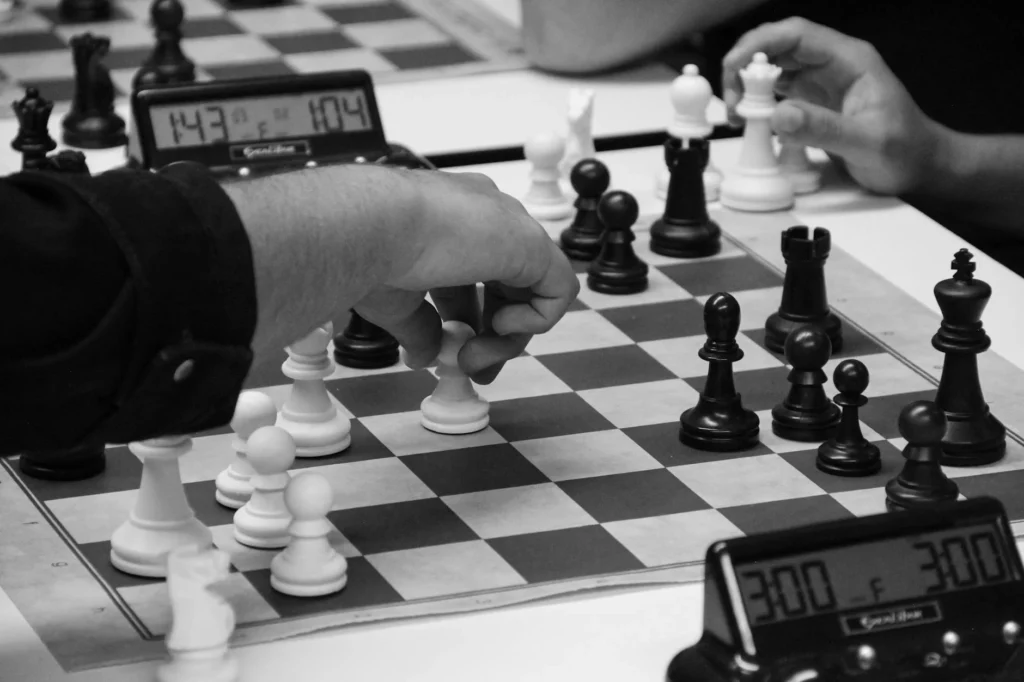
Strategy board games are great tools for teaching and learning, but not every game is easy to use in classrooms or with younger players. Adjusting the rules or simplifying gameplay can make them more inclusive, so everyone has a chance to join in and benefit.
Adapting games allows you to preserve their strategic complexity while making them simpler to play, more accessible, and appealing to a broader audience. By tweaking mechanics or updating themes, you can make even the most intricate gameplay more intuitive without losing its depth. It also helps games feel more relevant, ensuring players connect with the content and stay engaged longer.
Looking to build your collection or try something new? Picking the right mix of games ensures you’ll always find something for any skill level or group dynamic. Here’s how to approach it:
Having a mix of games lets you adjust to different moods and skill levels, making sure everyone feels included and has fun. It keeps things flexible, whether you’re catering to beginners or seasoned players, or just looking for the perfect vibe for the moment.

Game nights aren’t just about playing—they’re about creating an experience people look forward to and remember. Here’s how to make it special:
A well-planned game night brings people together, sparks laughter, and creates memories people will talk about long after. It’s a chance for everyone—whether seasoned players or total beginners—to bond over the fun, with no pressure to be an expert. Each person can feel included, and well-chosen games ensure that everyone stays engaged and entertained, no matter their skill level or experience.
The board game world has been booming, with creators constantly pushing the envelope. Modern games focus on blending fun with innovative mechanics and universal appeal. Here’s why the trend isn’t slowing down:
These updates make sure there’s always something new to experience, keeping players excited, engaged, and looking forward to what’s around the corner. By constantly introducing fresh elements, they create an environment where curiosity thrives, ensuring gameplay stays dynamic and avoids feeling repetitive. Players remain energized, always eager to uncover the next surprise or challenge waiting for them.
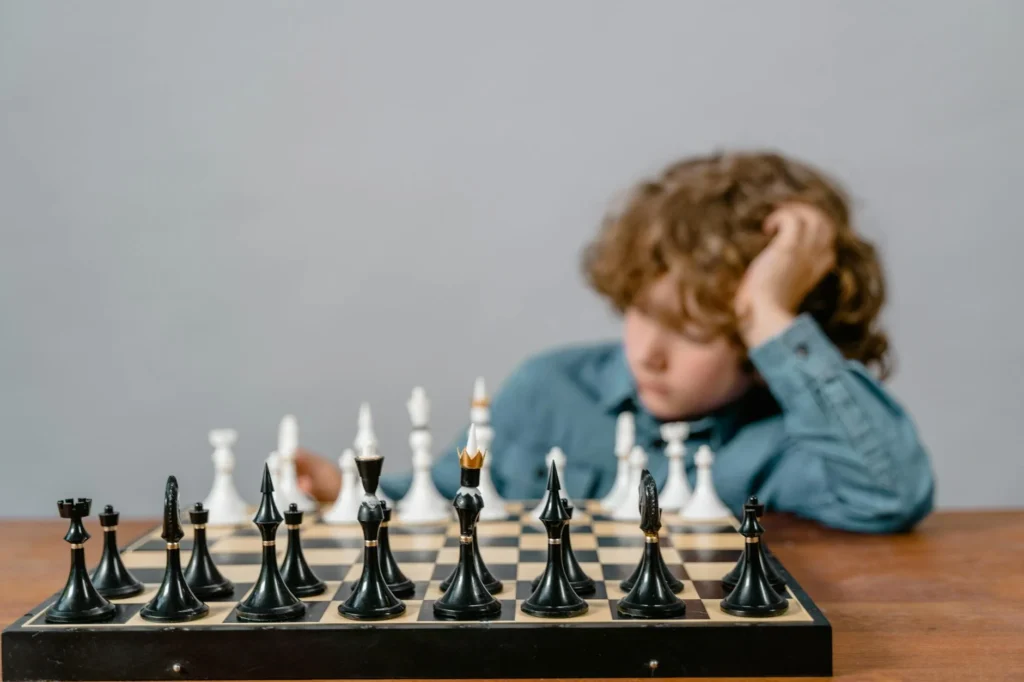
Board games are a fun way to build critical thinking and strategy skills. They help you practice decision-making, problem-solving, and teamwork in an entertaining and low-pressure setting.
Games like Chess challenge your planning skills, Catan teaches resource management, and Pandemic encourages collaboration. These lessons go beyond the board and can improve how you handle real-life situations.
Choose a game and watch how it strengthens your ability to think strategically. It’s a fun way to learn skills you can apply in your daily routines, from solving problems to making better decisions.
Ready to take your strategic skills to the next level? Book a demo now and see the impact in action!
Get all the latest information, support and guidance about the cost of living with kindergarten.
Start Registration